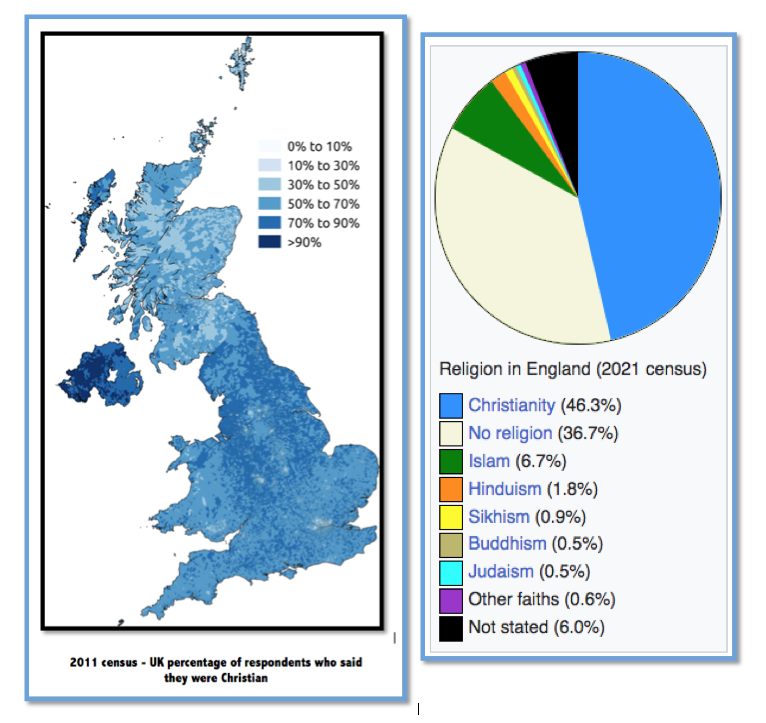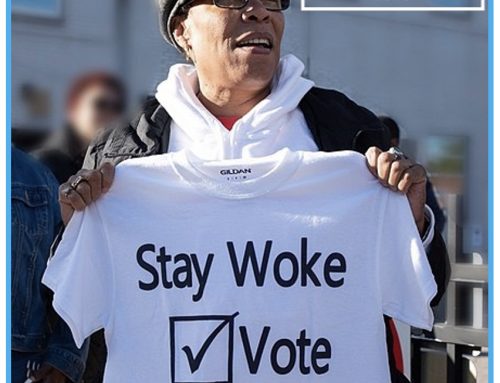RELIGION & SECULARISM – a reflection

The Rt. Rev’d Dr Keerthisiri Fernando
Bishop Emeritus of Kurunagala
Church of Ceylon
Sri Lanka
There is an impression today that in Britain many sociologists studying religion are preoccupied with debates on secularisation, modernism and postmodernism theories, to prove or disprove the significance of religion in modern British society. This has been happening in the context of some conflict between religion and secularisation. For example, highlighting the tension between Islam and secularisation Casanova has said, “… it also constitutes a struggle between a secularism that is considered as “normal”, “progressive” and “enlightened” and the religious which is seen as “backward” and “reactionary”
A typical example for this secularisation issue is the debate of Stark and Bruce in their detailed and eloquent articles “Secularization, R.I.P. -Rest in Peace” and “Christianity in Britain, R.I.P.”. But in their arguments both of them have dealt only marginally with the issue of immigrants’ religious faiths. In his article in a section titled “New Religious Movements” Bruce has hardy discussed the issue of immigrants’ religions in the U.K. In this section he suggests that new religious movements in the UK are confined to groups such as Mormons and Jehovah’s Witnesses, and he has not made an attempt to analyse new immigrant religious communities. It is not clear whether he assumes that immigrant religions are similar to previously mentioned religious groups or that it is relatively unimportant to discuss new immigrant religions so as to determine religious belongings in the process of secularisation in the UK. On the other hand, Stark has highlighted “Eastern Revival”, “Islam” and “Asian ‘Folk’ Religions” to show global religious influences. Even in these sections the new immigrant religions are hardly mentioned and give an impression that these have minor influences in the West. The fact that these are at the doorstep of western people through immigrant communities is not adequately discussed in analysing the impact of their religious faiths in the West.
Further, in Bruce’s comprehensive writings on the state of religion in the modern world, especially in the west, he shows how the place and influence of religion is fast changing. In his book “Religion in the Modern World: From Cathedrals to Cults” Bruce explains how religion has been functioning in the west throughout the past four and a half centuries. In conclusion he generalises that the modernisation and rise of individualism has vitally transformed the significance of religion in the modern world. However, in this book he admits that religions have fulfilled functions such as comforting believers in times of trouble and giving hope in the midst of hopelessness. But in arguing that religion is increasingly diminishing in these functions he has relatively neglected to show how it is active in this way among new immigrant communities in the West. Bruce’s evident determination to prove the decline of religion and its relevance in our times is well demonstrated in the title of his book “God is Dead: Secularization in the West”. But unlike Casanova, in this book Bruce has not made any effort to investigate how “old gods” and “old religions” have acquired new life among new immigrant communities.
It is evident that in secularisation debates sociologists who are for and against have been offering two kinds of statistics to support their arguments. For instance, to show what is happening to religious belief in British society Bryan Wilson has shown aspects such as the decline in church attendances, fewer infants being baptized and fewer people getting married in churches. On the other hand, David Martin presents aspects such as the nature of belief in God and a demand for compulsory religious education by many people, highlighting how religion is still important for people. Some other sociologists such as Gill have warned about the consequences of a belief in absolute secularisation of modern society. In all these debates it is evident that the issue of new immigrant religions is relatively neglected, creating the impression that this issue is not important for the sociology of religion in the UK.
In the available literature on religious belongings in the UK by sociologists such as Wilson and Martin, the possible high percentages of the participation of immigrants in their immigrant religious congregations from respective communities are hardly recorded or analysed. In these scholarly writings the influence of the immigrant members in the traditional churches such as Anglican, Catholic and Methodist in the UK are inadequately evaluated, creating a lacuna in the investigation of religious belongings in the UK.
It is apparent that an assertion is emerging highlighting the destiny of religion in the midst of secularisation. According to Dawson most sociologists presume that all religions have to cope with three realities, namely institutional differentiation, religious pluralism and the privatisation of religious belief and practice in society. In this context, Berger presents the theory that religions need to make two choices for survival. That is either to adapt their commodities to consumer demands or to refuse to accommodate and become marginal and small. Berger’s theory is further developed by Wilson in the UK, showing the fate of religion in the background of western secularisation.
Hence, in the influential writings of sociologists such as Wilson, immigrant communities are generally considered as a cultural reaction against modernity. Analysis based on this theoretical preconception has hindered the analysis of the religious philosophies of immigrants as positive alternative ways of life in western society. Relatively little attempt has been made to understand these ethno-religious communities on the basis of both home and host country realities and their continuing impact on each other. This is one of the main reasons for academics to depend heavily on presumptions such as regarding immigrants’ religious ways of life as a means of anti-secularisation in the West.
The way in which sociologists such as Wilson have occasionally placed the religious communities of immigrants along with other groups for analysis needs more clarification. This is clear in the following statement by Wilson (where “immigrants” are put in brackets),
New movements, which are relatively unfamiliar in their teachings and practices, and the beliefs and organisation of which are designed in terms that are new or newly adapted, are most susceptible to public suspicion. If they have secret or undisclosed teachings, or appear to be exceptionally diligent in seeking converts, or have a distinctive appeal to one or another section of the community (e.g., the young; students; ethnic minorities; immigrants, etc.) or if the promises of benefit to believers exceed the every-day expectations of the public at large, then they may easily become objects of popular opprobrium or even hostility.
This kind of generalisation of immigrant religious communities under the general theme of “New Religious Movements” raises the issue as to how they are new, and whether they are a continuation of their old culture and religion from the home country. Analysis of this nature with the view that communities of young, students could be put into the same category as ethnic minorities and immigrants has hindered the understanding of their real nature and the impact of these immigrant religious communities and their significance in British society.
The Rt. Rev’d Dr Keerthisiri Fernando
www.dkeerthi.com
© Keerthisiri Fernando
Advent 2023





